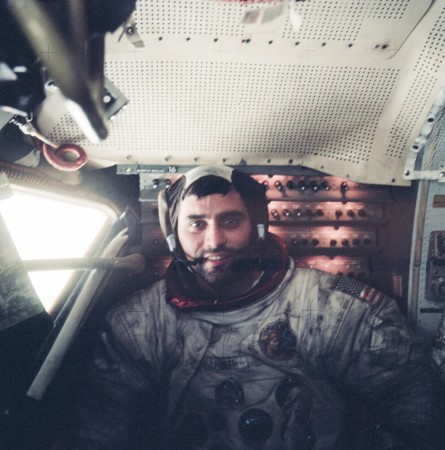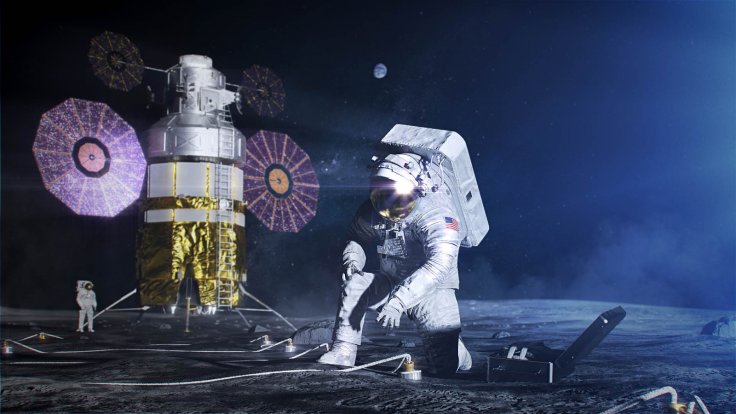An astronaut from the Apollo 17 mission recently discussed how NASA will be able to ensure the success of a human settlement on the lunar surface. For the astronaut, this would involve taking advantage of an important element found on the Moon.
The important topic was tackled by former astronaut Harrison Schmitt, who served as the lunar module pilot for NASA's last space mission as part of its Apollo program. He became known as the first geologist on the Moon.
Important Discovery On The Moon

While appearing as a guest for NASA's "Houston We Have a Podcast," the former astronaut talked about some of the most important discoveries on the Moon. According to Schmitt, the achievements of the previous missions can help prepare NASA as it embarks on its newest leg of space missions for its Artemis program.
Among the various discoveries made on the Moon, one of the notable findings is the presence of a light isotope known as Helium 3. Schmitt said that this important element can be used to achieve a new form of power generation.
Helium 3 for Fusion Power
As explained by the former astronaut, Helium 3 can be extracted from the Moon and transformed into fuel in order to achieve fusion power, which theoretically would produce electricity derived from heat generated by nuclear fusion reactions. Compared to other energy sources, Schmitt noted that fusion power is more efficient.
"There is a light isotope of helium called Helium 3 that is the only resource that we know about on the Moon that potentially can be of great value here on Earth," the former astronaut said during the podcast. "It is an ideal fuel for fusion power, produces no radioactive residuals of any kind, but produces electrical power at very high efficiency when fused with itself, or with the heavy isotope of hydrogen called deuterium."

Helium 3 And NASA's Moon Base
For Schmitt, NASA could take advantage of the presence of Helium 3 on the Moon to establish an operational human settlement. Specifically, establishing a facility that will actively mine this element from the lunar surface which would provide a Moon base with an economic reason to succeed and continue operating. Also, the benefits of fusion power will guarantee financial support for a Moon settlement.
"If indeed, Helium 3 fusion can be developed here on Earth as a commercially viable source of electrical power, then a settlement on the Moon has an economic reason to exist," Schmitt explained. "And I feel actually confident that that's going to happen someday."








